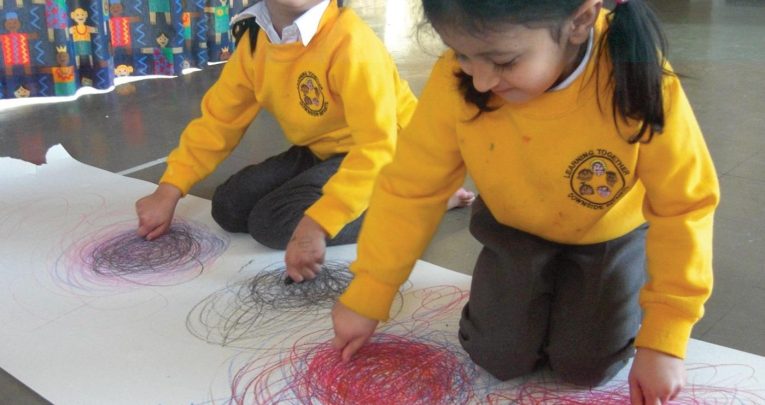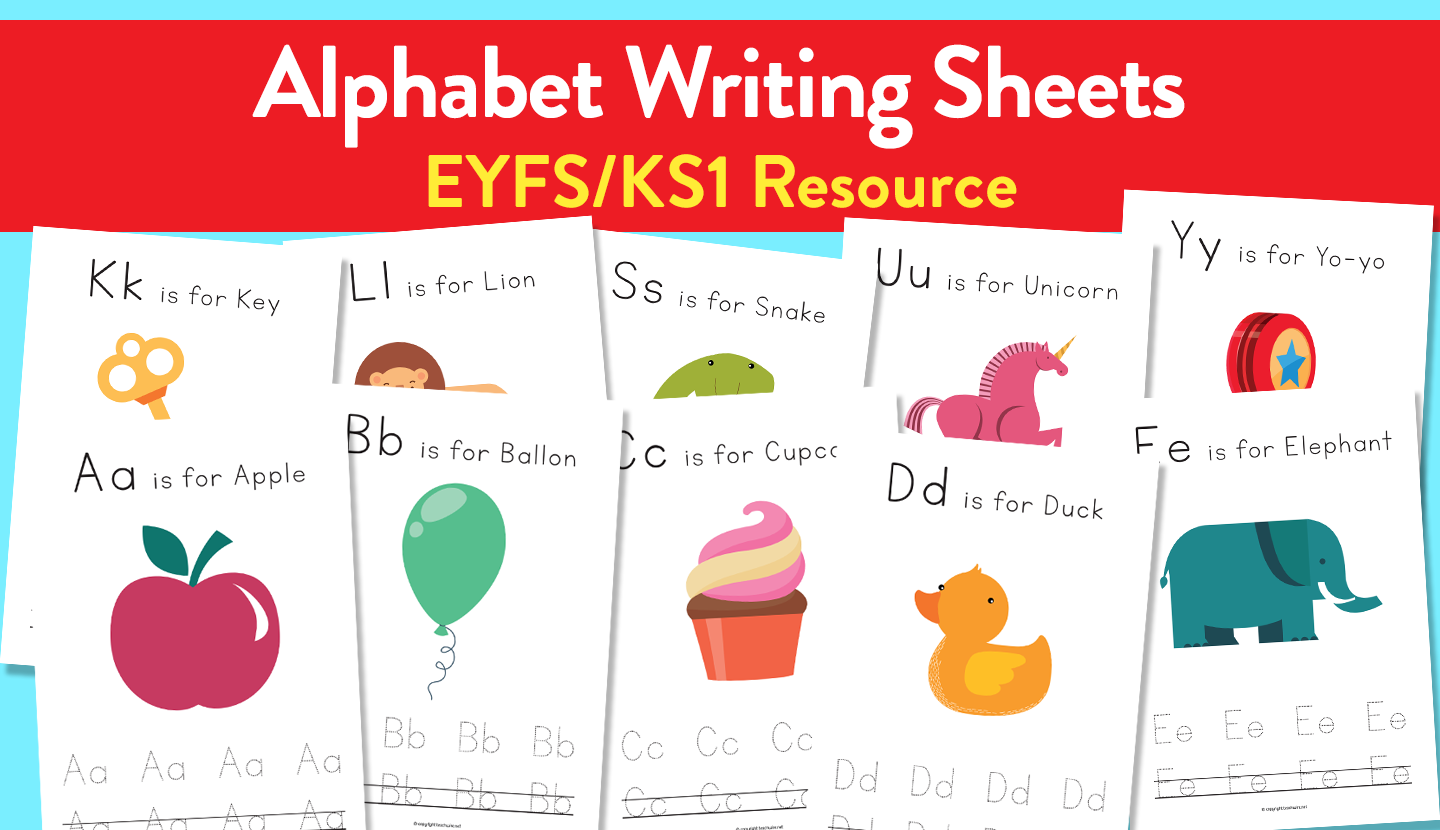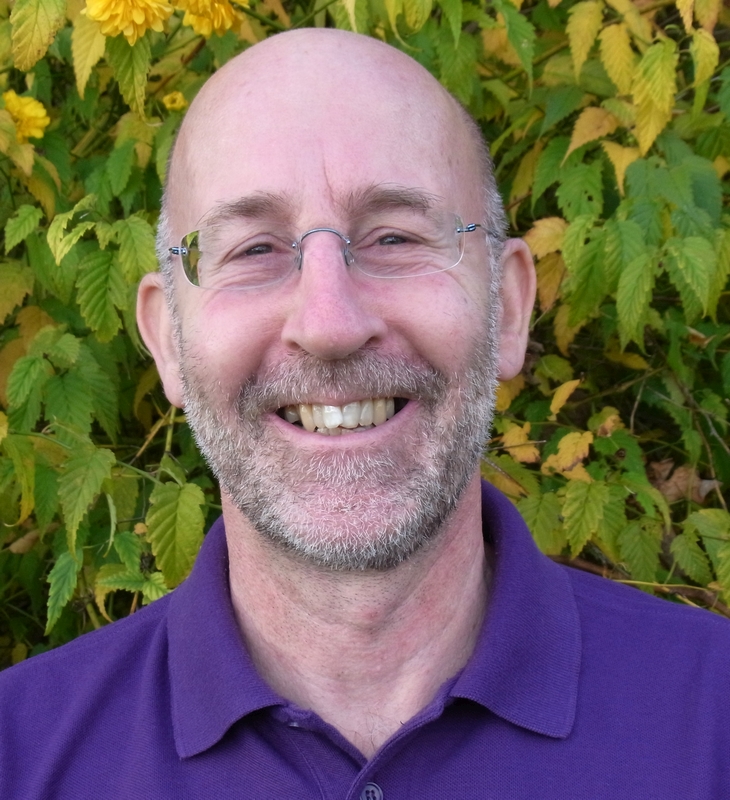Write Dance – A fun approach to building early writing skills

What do gross motor skills have to do with early writing? Michael Jones describes a mark making project with a difference…

Engaging young learners in the process of writing can be challenging, but Write Dance is a dynamic way to develop essential motor skills through music, movement and creative mark-making activities…
What is Write Dance?
Write Dance is an exciting mark-making and early writing activity that brings together movement, language and music.
It includes music, songs and suggested movements that develop gross motor coordination. It helps children work on their coordinated mark-making skills in a fun and imaginative way.
Pupils use movement to help make the shapes they will eventually need to write in their given language.
The original concept was developed by Ragnhild Oussoren, a Norwegian/Swedish graphologist based in the Netherlands.
Her experience showed that children develop handwriting skills when they:
- have well-developed gross motor movements
- are able to make movements using both hands to cross the ‘midline’
What is the midline?
The midline is a vertical line that we can imagine passing just in front of our bodies, from the tops of our heads to the floor between our feet.
The importance of gross motor skills
It’s essential to make sure that children have developed all the foundations they need before we set out to teach them how to write.
These foundations include language and fine motor control. But one key element we often overlook is the need for children to have well-developed and coordinated ‘gross motor’ (large physical) movements.
Children with movement coordination difficulties, e.g. dyspraxia, can find it very challenging to be able to move their hands from one side of their body to the other, across the midline.
Children with well-developed coordination (who are likely to develop good handwriting skills) have learned to cross the midline with ease.
- Read Write Dance in the Early Years: A Pre-Writing Programme for Children 3 to 5 by Ragnhild Oussoren
- Write Dance Training offers training in methods developed in the Write Dance approach
- Read more about mark making and language development
Write Dance in action
In one class we decided to explore ‘waves’ with children. I brought in lots of fiction and non-fiction books with pictures of waves as well as rhyming books such as Giles Andreae’s Commotion in the Ocean.
I asked the children “Show me what a ‘wave’ looks like” and was taken aback when all of the children waved at me, as if to say ‘hello’ or ‘goodbye’.
It took me a few seconds to realise the reason why many children are confused by the process of learning handwriting: we can’t assume that what we say will make any sense!
I quickly explained, using Little Boat by Thomas Docherty, that waves are made in water. They come in all different shapes, including round whirlpools.
However, the shapes we would focus on could be either very big or ‘rough’ waves, or small waves.
One little boy described how he liked to make waves in the bath. His mummy had explained that these were called ‘ripples’. At this point the children were all excitedly talking about waves, and from then on we all understood each other.
“At this point the children were all excitedly talking about waves”
Fast and slow movements
We emptied the sand out of the sand tray. We then filled it with water and added some small plastic boats and a submarine.
This became our focus for exploring how to make waves and talking about what waves look like. Out of this play came the subject of the sea and, inevitably, pirates.
Our next session was going to be based in the school hall. We planned to use a parachute to make waves of different sizes to music that the children could associate with fast and slow movements.
I sat down with my colleagues to think about pieces of music that conjured up for us images of waves and the sea. In the end, we decided to use Albatross by Fleetwood Mac to inspire slow wave-like movements.
For quick movements we chose the theme music to the 1970s children’s TV programme Captain Pugwash (otherwise known as ‘The Trumpet Hornpipe’).
Movements to music
Using ideas inspired by Write Dance, we moved around the hall, making our coordinated wave movements to the music.
We used a parachute to make big and small waves to the music. We imagined that we were being chased across the sea by a pirate ship.
By this time, all of the children were clear about the concept of ‘waves’. They could make the movements across their ‘midline’.
Drawing wave shapes
Our next session involved us rolling out a large sheet of lining paper across the room, taping it down with masking tape, and asking the children to kneel down in a row on either side of the paper.
We gave them two thick crayons each and asked them to make ‘wave shapes’ on the paper, in time to the fast and slow music, using the movements with both hands across the midline, which we had practised in earlier sessions.
The children loved this activity. The end result was an eight-metre-long piece of paper covered in coloured wave shapes.
“We gave them two thick crayons each and asked them to make ‘wave shapes’ on the paper”
Using a mixture of powder paint and water, and thick paintbrushes, we painted over the entire paper, creating a ‘wash’ effect, which highlighted the colours and shapes made by the wax crayons.
When this had dried, we trimmed our work of art and used it as backing paper for a display about waves, complete with drawings of fish, whales, sharks and, naturally, pirate ships!
In this way, we had made sure that all of the children were not only familiar with the concept behind the word ‘wave’, but had developed their gross motor skills too.
At a later stage, using various methods such as coloured chalks on the playground and large chalkboards, we were able to show children how waves appear in joined-up writing.
Many of them had spontaneously made this connection, and in later topics involving circles, zigzags and straight lines, children were able to show us these shapes in their environment and in their names.
Other topics
During the topic on zigzags, children decided to focus on sharks, because of their teeth, which look like zigzags.
They began to see these shapes everywhere and children like Marcel made spontaneous comments like, “My daddy parks his car on the yellow zigzag lines outside our school,” and “I have a zigzag at the beginning of my name!”
For this topic we chose the theme music from Jaws for slow movements and ‘Popcorn’ by Hot Butter for the quick ones. Part of the fun in planning these sessions was to explore the music we would use.
Michael Jones provides practical training on language development in early years. For more information, visit talk4meaning.co.uk.
Improving writing outcomes for boys through Write Dance
Let boys indulge in their interests through role-play, dance, music and more, then link that to mark-making to give their writing purpose, explains Nicky Clements…
Having always been an advocate of using creative strategies to engage children wherever possible, I undertook a piece of action research entitled ‘Improving Outcomes for Boys’ Writing through Expressive Art and Creativity’.
Purposeful writing
The first thing I realised was that boys like a purpose to writing. Through the art of interactive role-play, boys realise they actually need to write.
Follow their interests. Find out what they enjoy role-playing, then facilitate the purpose of writing in that role-play. Lists, receipts, messages, awards – their mark-making becomes a necessary part of playing the roles that excite them in the real world.
“The first thing I realised was that boys like a purpose to writing”
It fills me with joy when a three-year-old mark-makes ‘3 quid’ on a piece of paper and hands it to a friend! If they’re using paper and pens, make it purposeful. Role-play also gets them talking.
And remember, if they can’t talk it, they can’t write it.
Messy mark-making
Boys tend to be far more attracted to mark-making that doesn’t involve paper and pens. Do messy mark-making with different media such as foam, gloop, slime, dough and mud to create patterns, marks and letter sounds.
You’ll be exposing them to texture and sensory experiences, so they are flexing those very important pre-writing muscles required for shoulder, elbow and wrist pivots.
Add in music
As an advocate of Write Dance, I try and include topical or ‘child choice’ music now I understand the physical movements it focuses on.
Using two paintbrushes to cross the midline to the tune of Uptown Funk takes some beating. Plus, it helps to close the gap in the physical development needed to close the gap in writing.
For these same reasons, you can also use music to facilitate dough gym and dough disco.
Nicky Clements is associate leader for EYFS at Victoria Academies Trust and EYFS lead at Rowley Park Academy, as well as a mum of four boys.











